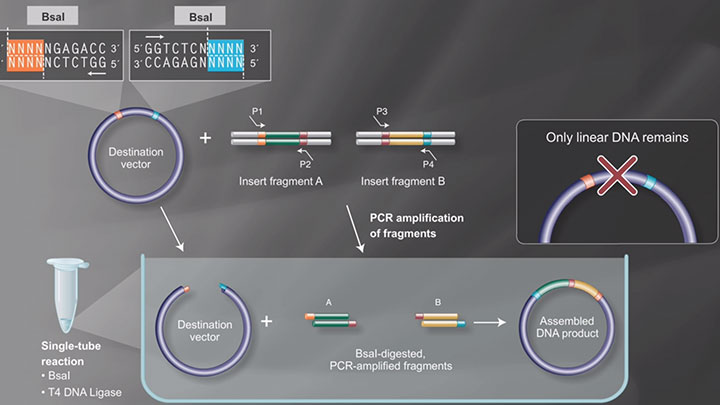Golden Gate Assembly Domestication Tutorial

Script
Related Videos
-

Overview of NEBridge® Tools for Golden Gate Assembly -

Restriction Enzymes in Golden Gate Assembly -

Golden Gate Assembly Workflow -

Listen to DAD (Data-optimized Assembly Design) when constructing high-complexity Golden Gate Assembly targets -

Golden Gate Assembly Tool Tutorial

